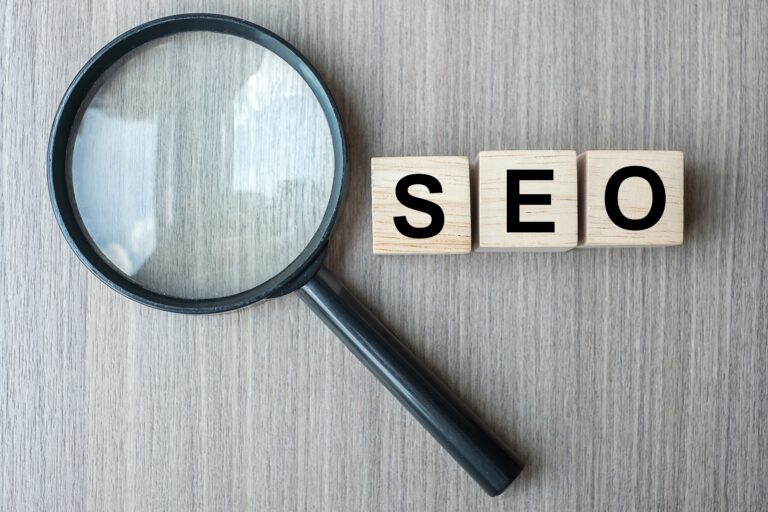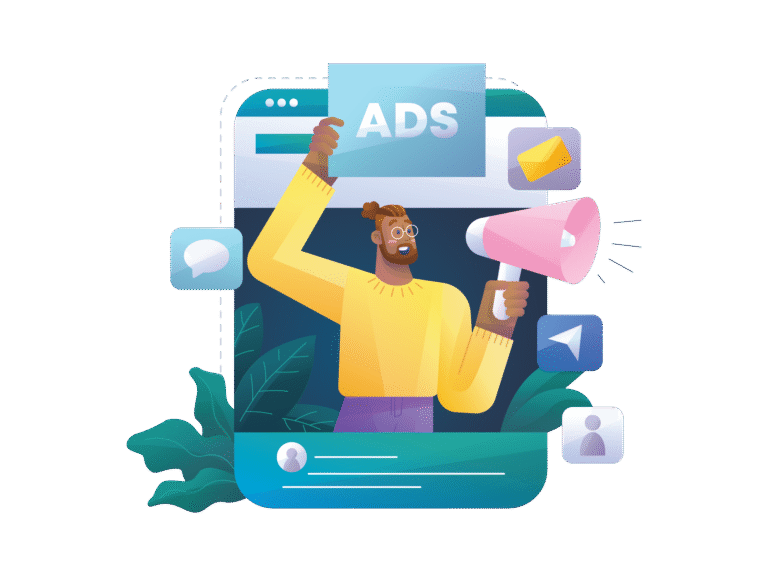Introduction
In today’s competitive digital landscape, businesses can no longer rely on guesswork to reach their audience. Every click, impression, and engagement matters — and data-driven advertising is redefining the way brands connect with customers. Unlike traditional approaches, where intuition and broad targeting rules, performance marketing powered by data ensures that every rupee spent delivers measurable results.
In this blog, we’ll explore what data-driven advertising is, why it’s the future of performance marketing, and how businesses can harness it to maximize ROI.
What Is Data-Driven Advertising?
Data-driven advertising uses customer data, analytics, and AI insights to optimize ad campaigns in real time. Instead of serving ads to broad audiences, it identifies who your customers are, what they want, and when they’re most likely to engage.
Key Components of Data-Driven Advertising:
- Customer Data: Information from CRMs, website analytics, purchase history, and social media.
- Behavioral Insights: Tracking browsing behavior, device usage, and purchase intent.
- Predictive Analytics: Using AI and machine learning to forecast consumer actions.
- Real-Time Optimization: Adjusting campaigns instantly based on performance data.
In simple words: It’s advertising that learns from data to deliver smarter, more relevant campaigns.
Why Data-Driven Advertising Matters in Performance Marketing
Performance marketing is all about results — clicks, leads, and sales. Data makes it possible to:
- Target Precisely: Reach only the audiences most likely to convert.
- Save Budget: Eliminate wasteful spending on irrelevant clicks.
- Measure Everything: From impressions to revenue, every action is trackable.
- Personalize Experiences: Ads can be tailored to user preferences and behaviors.
- Boost ROI: When campaigns are guided by data, the return on investment is consistently higher.
Traditional Advertising vs. Data-Driven Advertising
| Factor | Traditional Advertising | Data-Driven Advertising |
| Targeting | Broad, mass-market | Precise, segmented, behavior-based |
| Measurement | Difficult, based on estimates | 100% measurable with analytics & tracking |
| Optimization | Fixed, slow adjustments | Real-time, dynamic updates |
| Cost Efficiency | High wastage | Pay only for results, better ROI |
| Customer Experience | Generic messaging | Highly personalized, relevant content |
This shift explains why businesses are moving from intuition-based marketing to data-first performance marketing.
How Data-Driven Advertising Works in Practice
1. Audience Segmentation
Using demographics, interests, and behavior, businesses divide audiences into segments.
Example: A fashion brand can target men aged 20–30 searching for sneakers instead of showing ads to everyone.
2. Predictive Modeling
AI predicts customer behavior — like who is most likely to buy during a sale.
Example: An e-commerce store predicts which users will buy again and targets them with loyalty discounts.
3. Real-Time Bidding (RTB)
Programmatic platforms use data to bid for ad placements instantly.
Example: Your ad shows up on a blog just when a potential customer is browsing.
4. Personalization
Ads change dynamically based on user interest.
Example: A user who checked out “red shoes” sees an ad highlighting “20% off red shoes.”
The Future of Performance Marketing with Data
- AI-Powered Optimization
Machine learning will continue to refine targeting, predicting not just who clicks but who buys. - Omnichannel Integration
Ads will follow users seamlessly across devices — mobile, desktop, and even smart TVs. - Privacy-Centric Marketing
With rising concerns about data privacy, businesses must balance personalization with compliance (GDPR, CCPA). - Voice & Visual Search Ads
As voice assistants and visual search grow, data-driven advertising will adapt to these new behaviors. - Hyper-Personalized Journeys
Instead of one-size-fits-all campaigns, users will experience unique ad journeys based on their behavior.
How Small Businesses Can Leverage Data-Driven Advertising
You don’t need big budgets to adopt data-driven strategies. Here’s how small businesses can start:
- Use Google Ads & Analytics → Track keywords, locations, and conversions.
- Leverage Facebook Pixel → Understand customer behavior and retarget.
- Email Marketing Analytics → Segment users based on open rates and clicks.
- Local SEO Data → Use Google Business Profile insights for targeting.
- Affordable Tools → Platforms like SEMrush, HubSpot, or Zoho can provide actionable data.
Even a small business can make smarter ad decisions with the right data strategy.
Common Mistakes to Avoid
- Relying only on vanity metrics (likes, impressions) instead of conversions.
- Over-targeting, which limits reach and increases costs.
- Ignoring privacy regulations and user consent.
- Not testing or optimizing campaigns regularly.
Conclusion
Data-driven advertising isn’t just the future — it’s the present of performance marketing. Businesses that rely on data can cut costs, improve targeting, and achieve higher ROI compared to traditional methods.
At Suveda Digital, we specialize in crafting data-driven performance marketing campaigns that deliver measurable growth. From audience insights to campaign optimization, our strategies ensure you get growth in every click.





